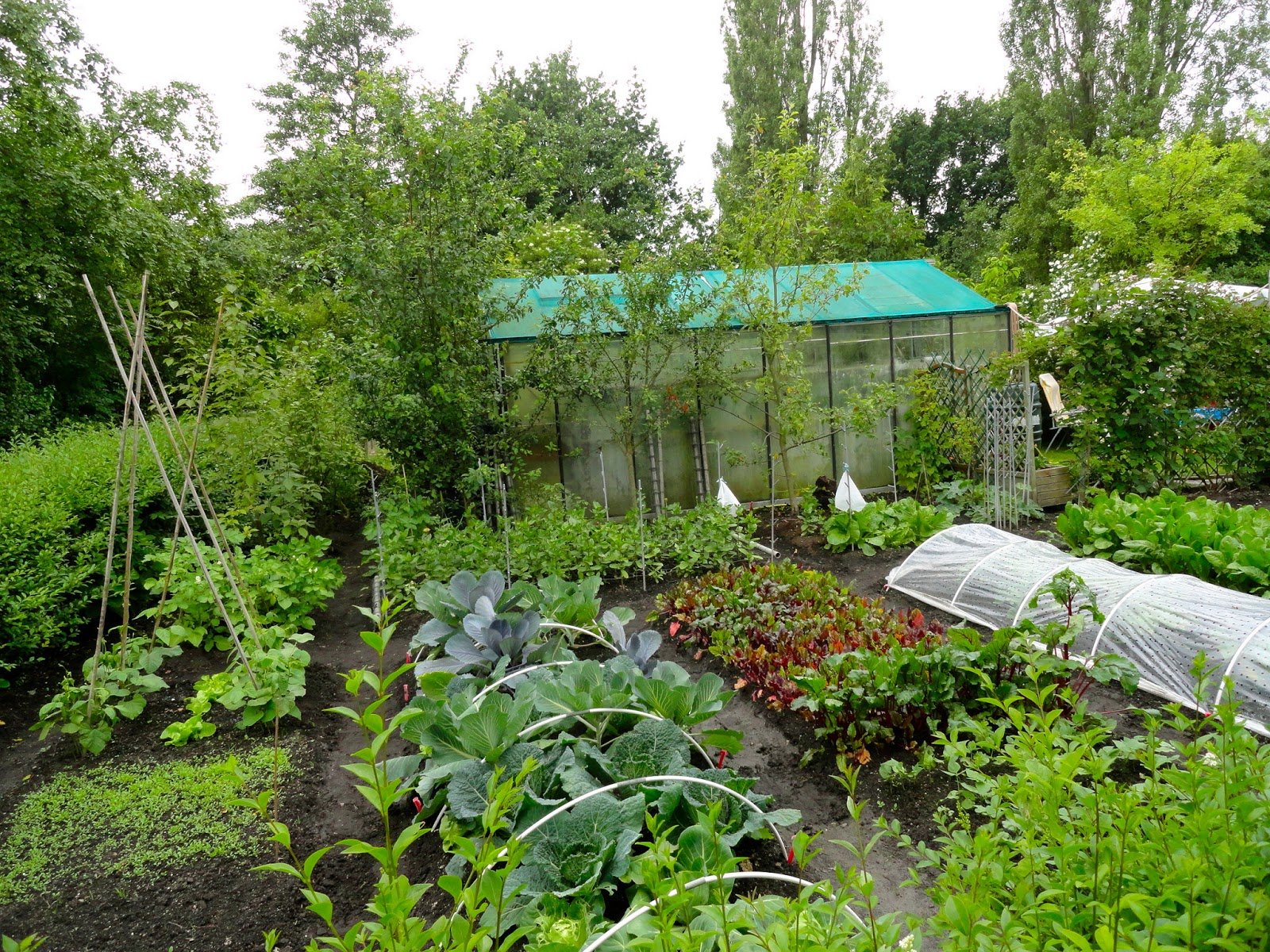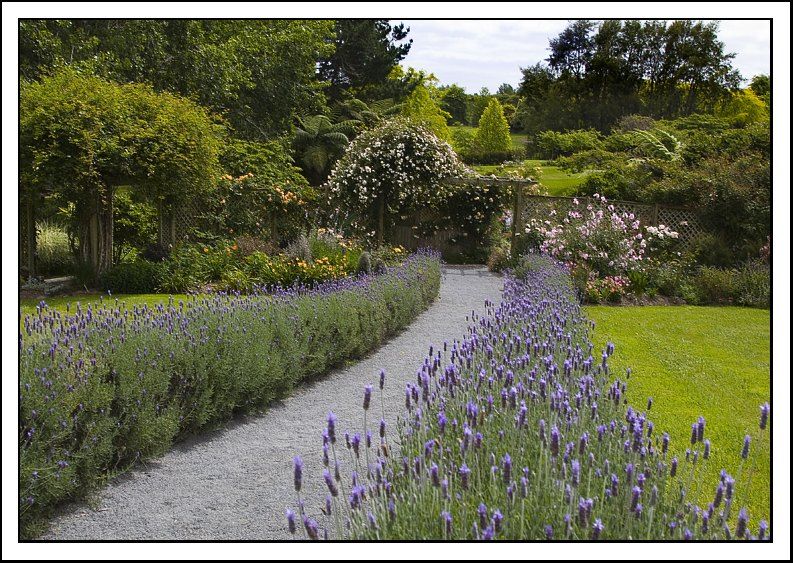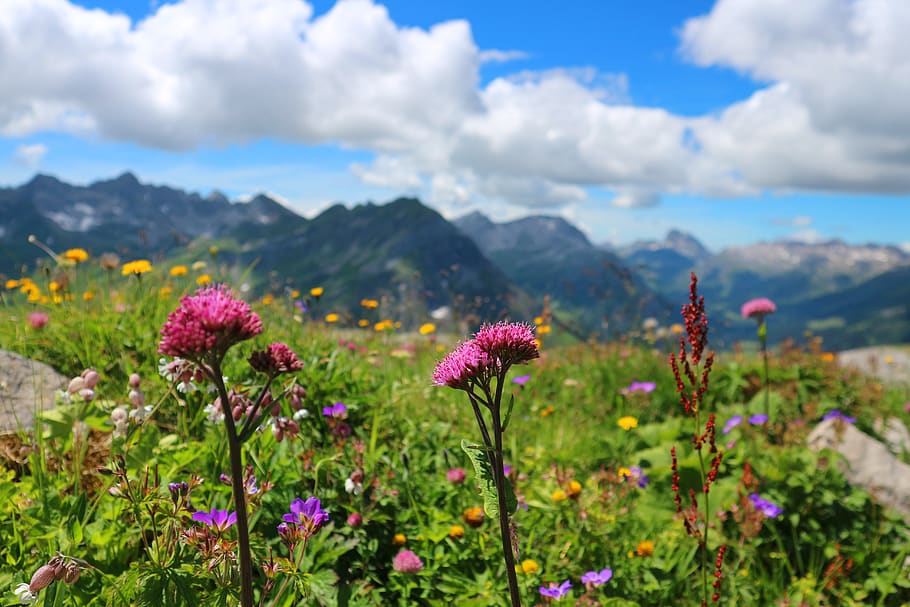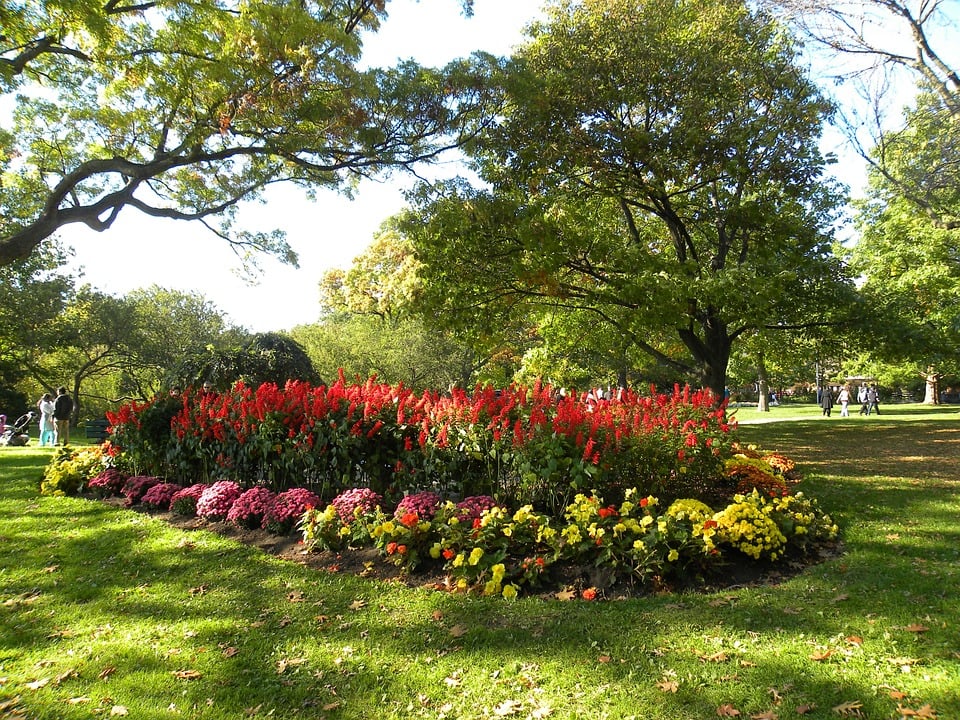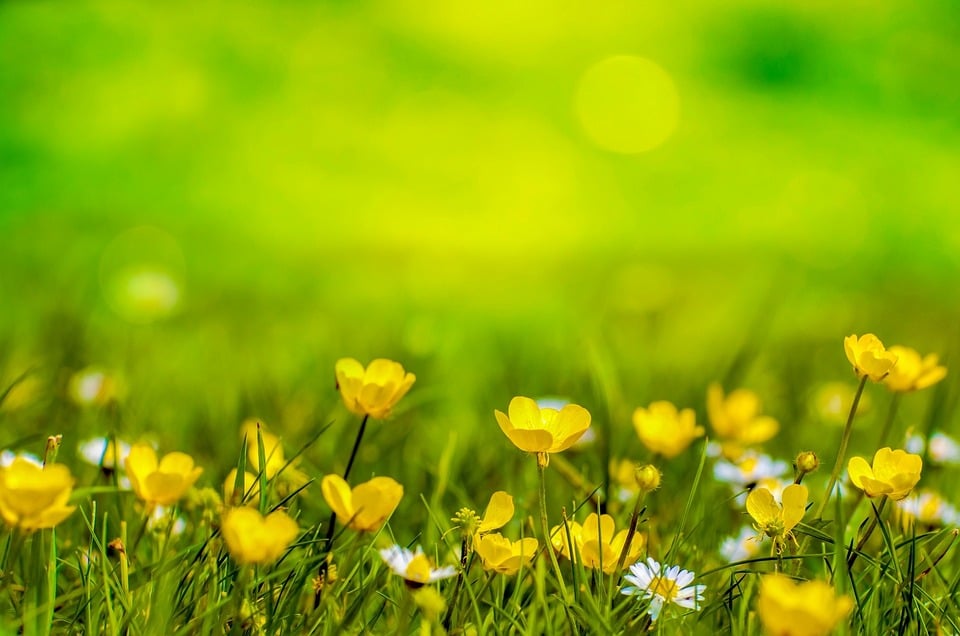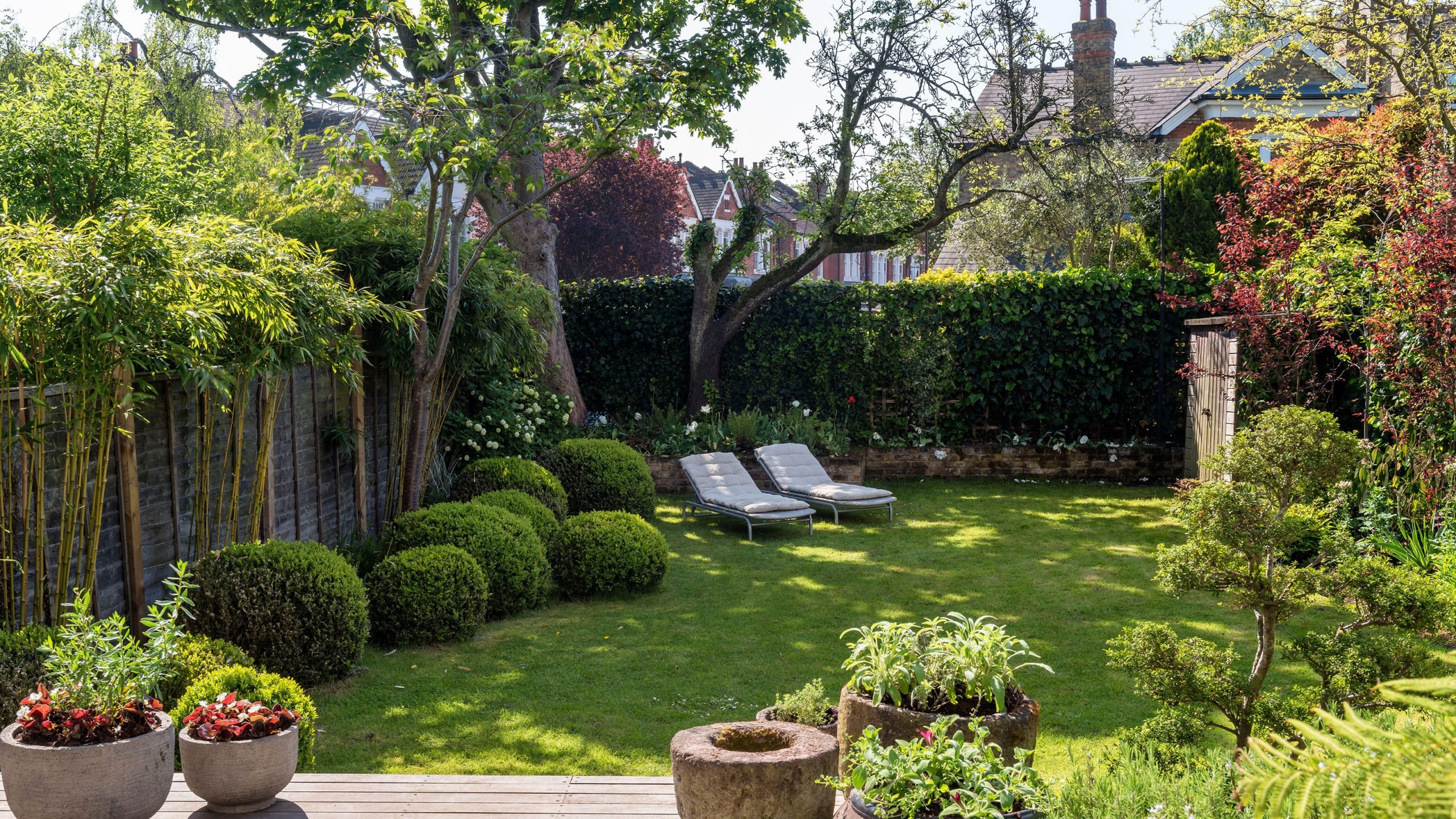16 Amazing Hedge Ideas for Your Garden Boundaries Explained
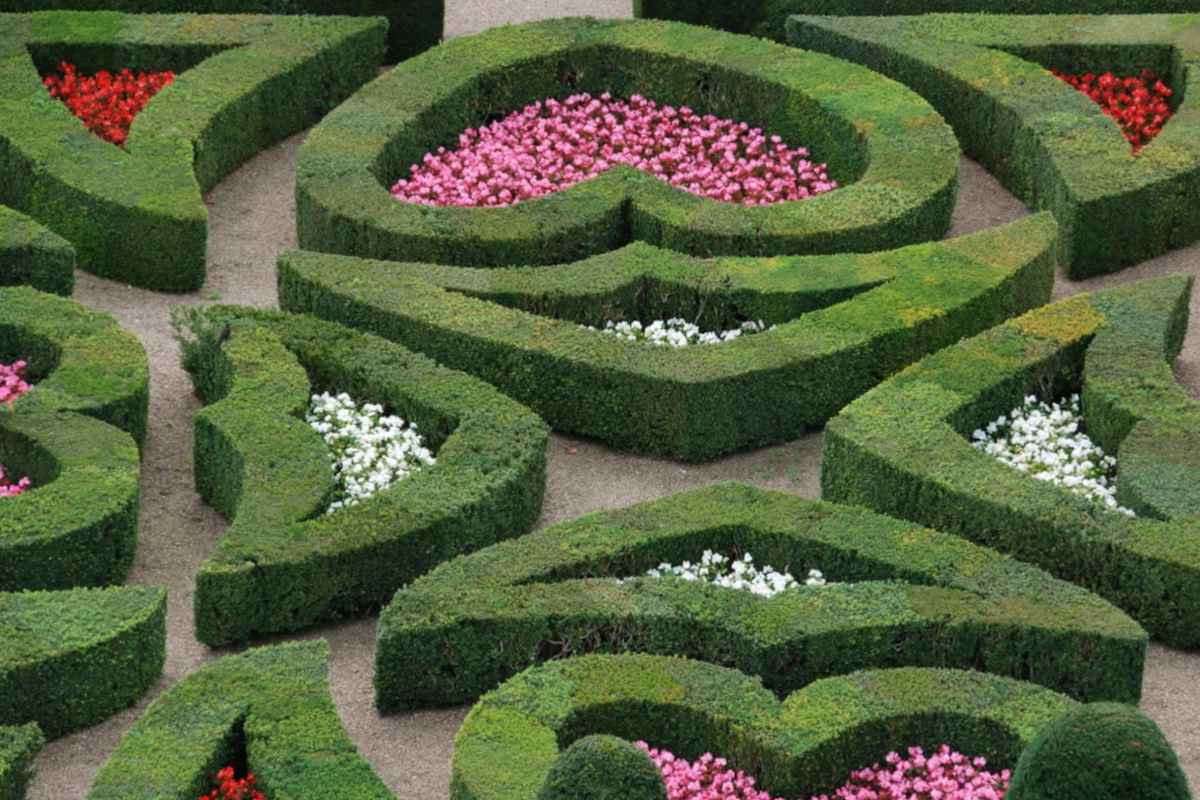
Table of Contents
If you have a garden, you must have at least considered installing a hedge. We’re sure that even though you saw these hedge plants, you didn’t know they were hedge plants. A hedge is the type of vegetation that marks the boundary between two houses. Hedgerows are highly prevalent in UK yards and may be seen in many of them.
Hedges can also be utilized as garden ornamentation, wind protection, and a privacy screen, among other things. You may attract animals to your garden while also giving it a notably charming appearance that is simple to maintain by incorporating a hedge or numerous hedges.
Depending on the size of your garden, you should be able to lay a hedge as a do-it-yourself project in a reasonable length of time thanks to contemporary methods and tools. Continue reading to learn more about hedges types and discover the answers to all of your queries.
To assist you, we have listed certain types of hedges on this page and delved deeper into their features, such as how they bloom throughout the year, etc.
1. Evergreen Hedges
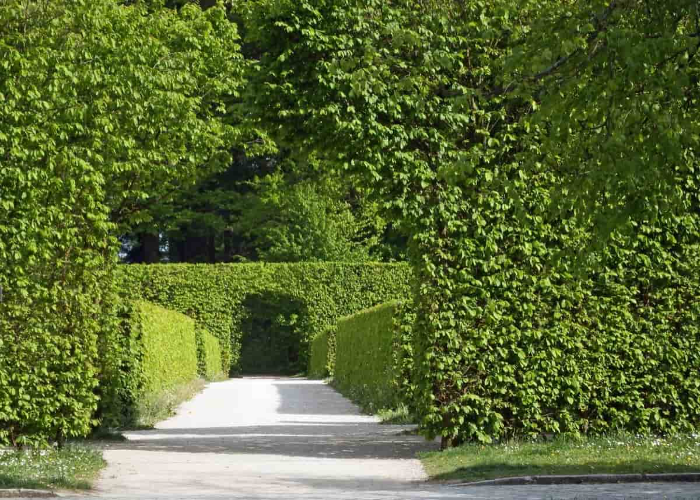
Evergreen hedges, as their name suggests, grow all year long, which makes them ideal if seclusion is your main concern. They do require more upkeep, though, and should preferably be pruned twice a year. Conifers are a common choice for evergreen landscaping, but they require frequent pruning because, with the exception of yew, neglected or out-of-control conifer hedges cannot be revived. Anyone who has spent any time in the UK will agree that having an evergreen hedge that can better withstand these storms is unquestionably a big bonus, as high winds are common throughout the winter and may cause a lot of damage.
Examples of plants: boxwood, holly, yew, and privet.
2. Deciduous Hedges
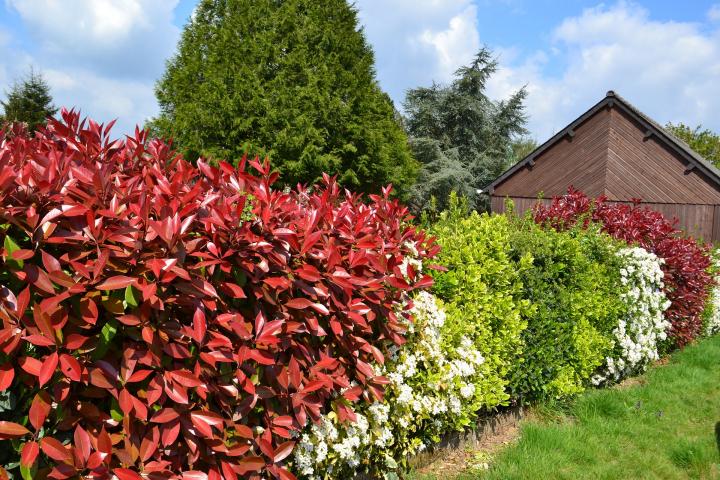
A deciduous hedge has a significant advantage over an evergreen one in that they make it much easier for the wind to get through. A deciduous hedge has the benefit of reducing wind turbulence in winter, which helps it avoid the negative effects of dense evergreen hedges. Although deciduous hedges are an excellent option for hedging, they are not the best option if seclusion is your top priority because they shed their leaves in the autumn and winter. Additionally, deciduous hedges need less pruning and are simpler to renovate if they are left unattended for a while.
Examples of plants:beech, hornbeam, and haze.
3. Physical Hedges
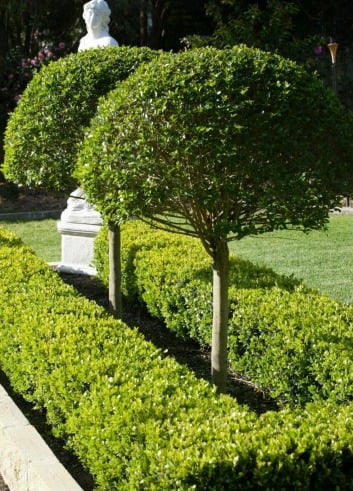
Hedges that are grown specifically to create a physical barrier or border around a garden or property are called Physical Hedges. This may be done to stop trespassing or to keep livestock in or out of a particular region. This physical obstacle may not necessarily have to be overwhelming for humans to overcome. Plants are trained to grow densely and intricately and are usually placed closely next to each other to form this type of garden hedge.
Examples of plants:boxwood, yew, and leylandii.
4. Visual/Flowering Hedges
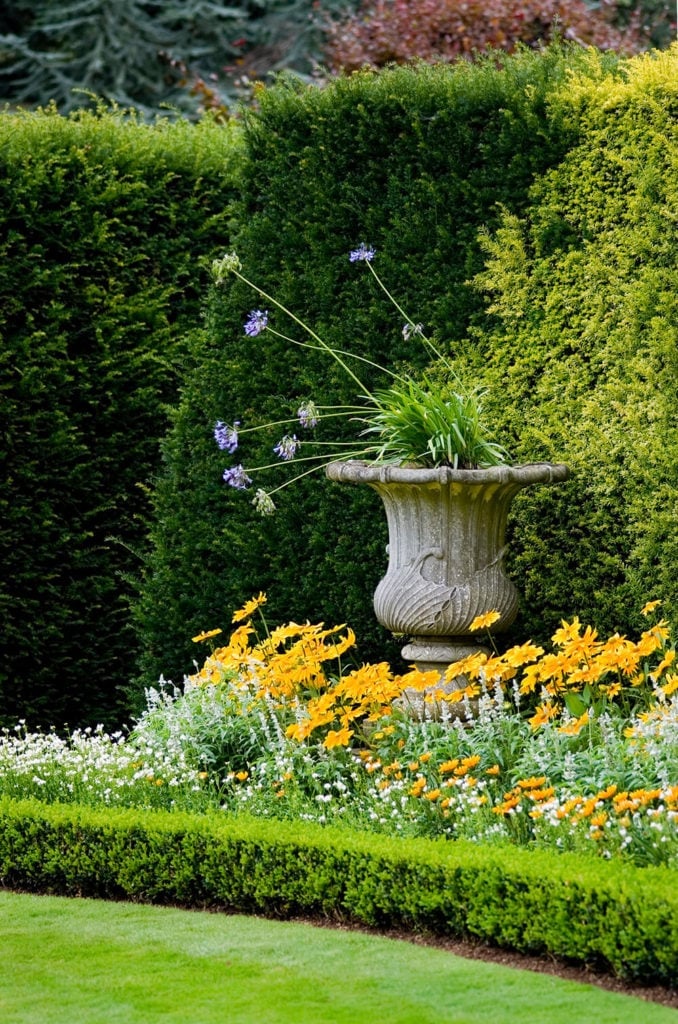
Another option is to plant hedges such that they serve more as a visual obstruction than a physical one. These are hedges that provide the garden with a splash of colour. Planting evergreen hedging stock with delicately textured foliage will help you achieve this. You can use climbers, which are supported by cable systems or trellis, to create a visual screen. The blooms on these hedges often bloom in the spring or summer, so make sure to include more flowering plants in this hedge type.
Examples of plants:Bamboo, Rose, hydrangea, and lavender.
5. Privacy/ Screening Hedges
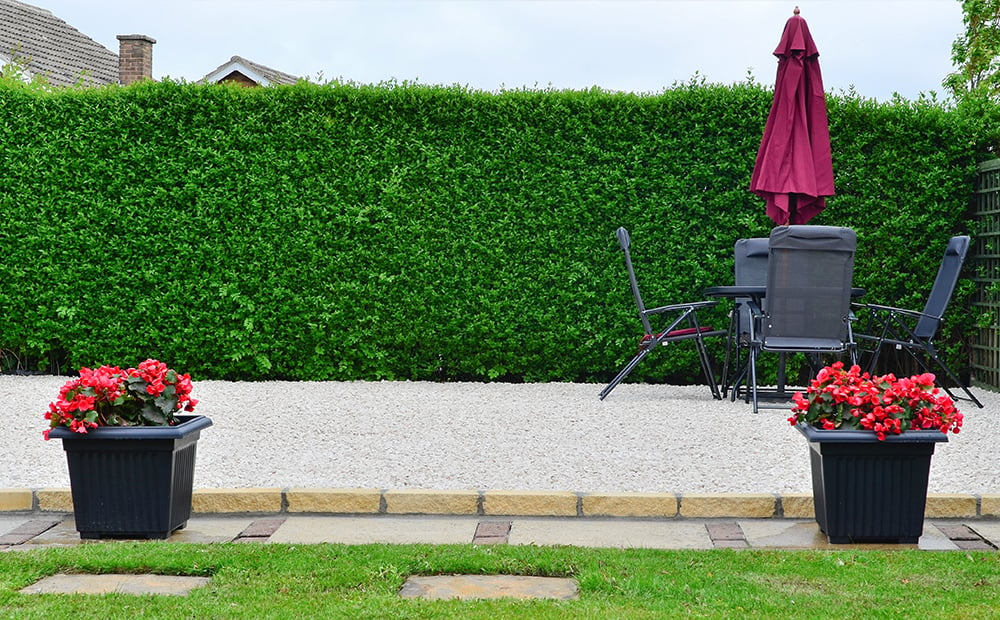
A privacy hedge is significantly more intriguing than a fence because it can last for many years, which is important if you’re searching for something to delineate the boundaries of your land or to provide privacy. To establish a visible barrier around a home and offer both privacy and security, These hedges are frequently used. The design of a privacy hedge can be formal or informal, and it can be pruned into a specific shape or allowed to grow naturally.
You’ll be able to keep tall hedges like this one neatly trimmed into shape by investing in one of the best hedge trimmers.
Bamboo, Golden Hop, and Cherry Laurel are a few examples of this kind.
6. Layered Hedges
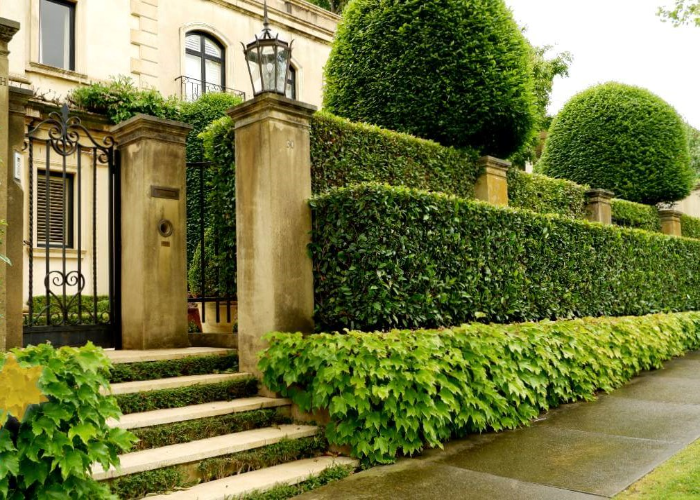
When landscaping with hedges, it can be wonderful to occasionally think outside the box and come up with something original. Consider combining two different styles of plants and layer them to form a beautiful look in your yard. Cutting and arranging hedgerow branches in a pattern akin to a weave is known as layering. This hedge is regenerated through the process of snapping over and laying trunks at an angle. Additionally, the layering procedure promotes the hedge to close any gaps and grow denser. Layered hedges can be very appealing when finished, but the practice is sadly becoming extinct.
Examples of plants: Use a combination of Flash, Boston Ivy, and English Box.
7. Instant Hedges
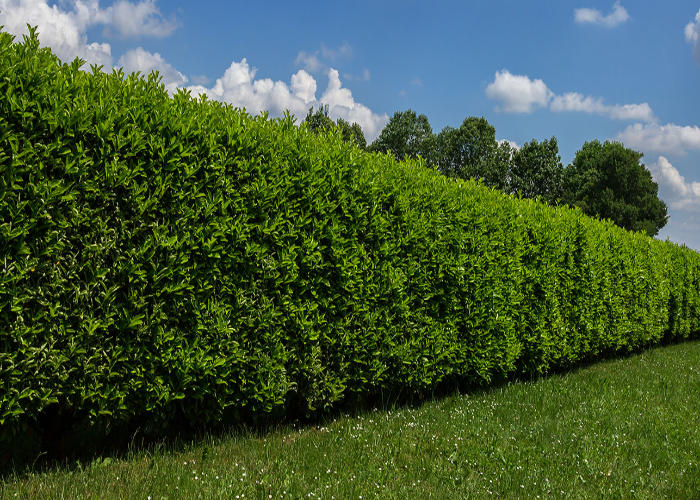
Instead of taking two to five years to develop, instant hedging uses plants that are already quite mature and woven together to create a finished, ready-made hedge with an established appearance. The majority of quick hedge plants are planted in one-meter troughs and are frequently pruned to shape as they develop. These hedges are typically planted to demarcate property lines, offer privacy, or provide shelter from strong winds. Instant hedges can be planted any time of year and have a quick effect. All stock should be irrigated, trimmed, and treated with controlled-release nutrients to maximize health during their production period.
Examples of plants:Beech, Hornbeam, Box, and Yew.
8. Formal Hedges
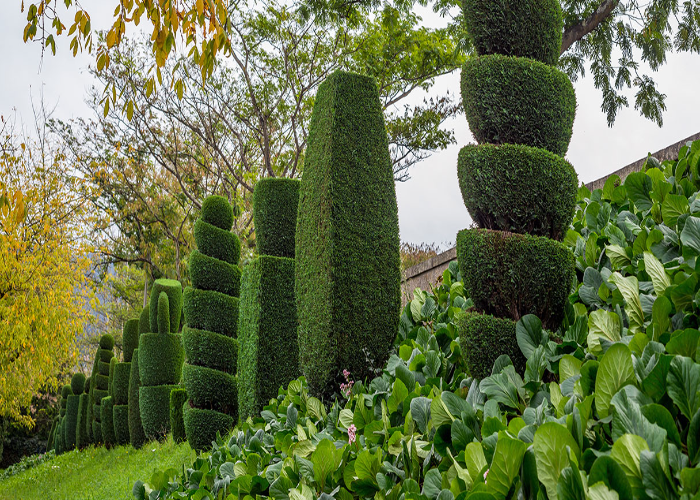
A garden’s mood can be greatly influenced by neatly clipped hedges with clearly defined, sharp edges. These hedges include plants that are fashioned into geometric patterns or designs. Formal hedges are ones that have been planted and trained to keep a strict shape. Such hedges are typical of formal garden designs and private estates. To keep formal hedges looking tidy, they are often pruned many times a year. They work well as a backdrop for traditional planting schemes, but they are also helpful in naturalistic gardens since they serve as a contrast to looser, billowing border designs.
Examples of plants:Hornbeam, Thuja, and Osmanthus.
9. Shelter Hedges
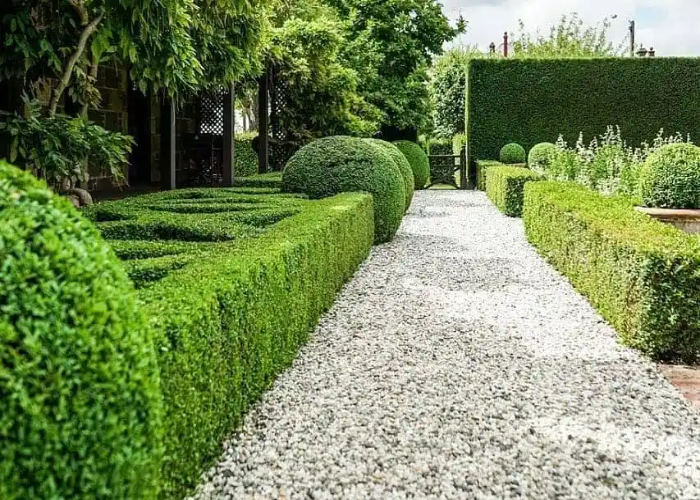
To defend against wind, snow, and other inclement weather, shelter hedges are employed. Large hedges and tree plantings served as shelter belts in agricultural areas originally. They can be either evergreen or deciduous and are usually planted perpendicular to the direction of the wind. In order to create better growing circumstances, shelterbelts were planted in extensive rows on the prevailing wind side. Shelterbelts, however, can now be planted in a range of settings. Shelter hedges can have a formal or casual appearance, and they can be pruned into particular forms or left to grow naturally.
Examples of plants: Norway Spruce, Common Juniper, and Thuja.
10. Acoustic Hedges
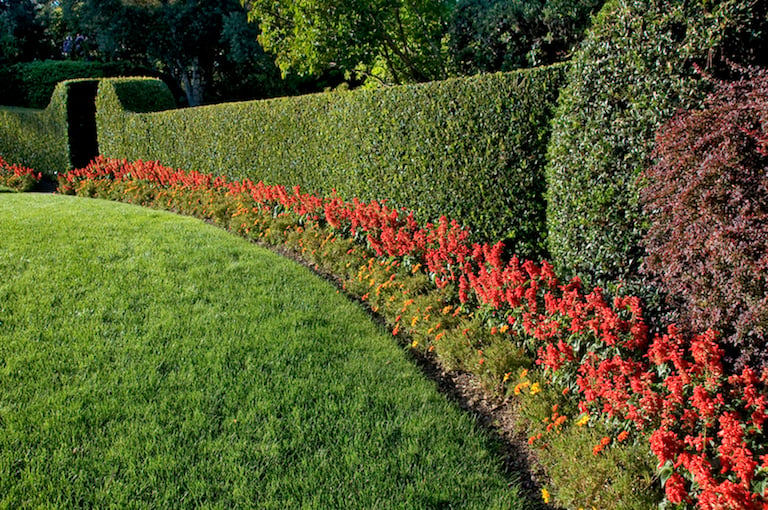
Hedges that are grown with the intention of dampening sound waves are known as acoustic hedges. These hedge plants reduce noise and are useful for gardens close to busy roads or other noisy regions since they are able to absorb or deflect sounds. In order to help block the sound waves, noise-reducing hedges are often planted in rows parallel to the source of the disturbance.
Examples of plants:Leylandii, Holly, Privet, and Junipers.
11. Cornish Hedges
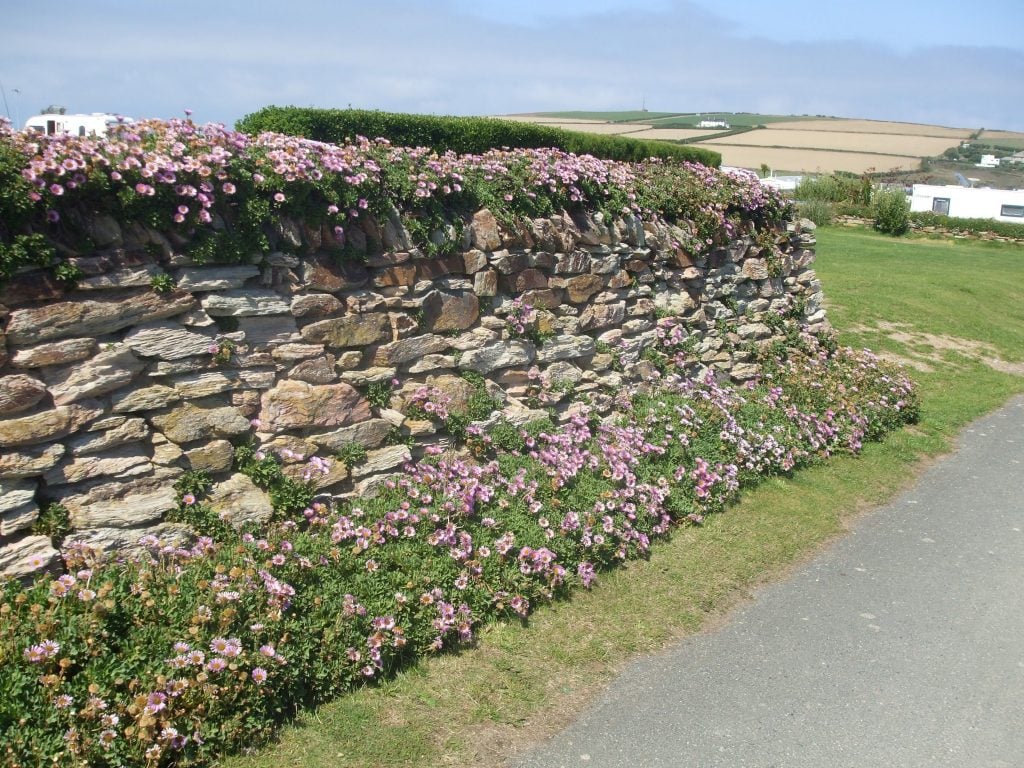
Cornish hedges must be protected and managed in order to survive since they are crucial to Cornwall’s culture and environment. A stone-and-earth bank makes up a cornish hedge. It typically consists of massive stone blocks built on either side of a long dirt bank that is secured in place by other large stones. Cornish hedges typically resemble vertical flower meadows.
Examples of plants: Foxglove, Cleavers, and Bluebell.
12. Devon Hedges
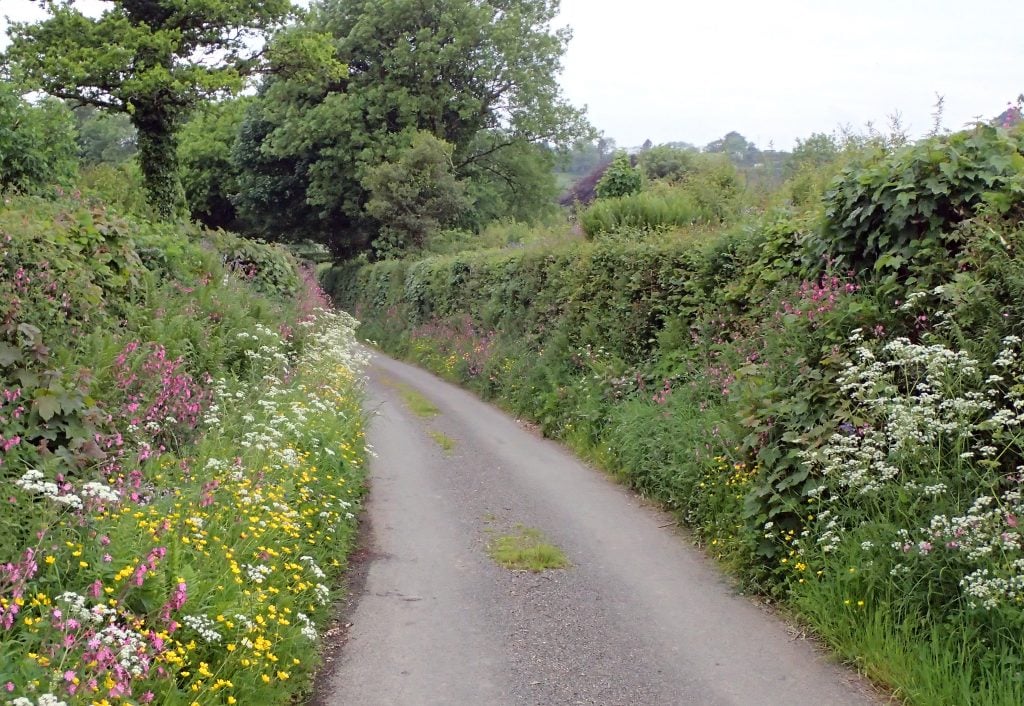
Devon has top-notch hedges! They characterize the stunning agricultural landscapes of the country, are of considerable historical significance, and are home to a huge variety of species. A Devon hedge, sometimes known as a Devon hedgebank, is made up of an earthen bank or pile of rubble that is typically covered in a hedgerow of bushy bushes, with trees also being a common and visible addition. The bank’s face could be made of stone or turf. The stones are typically set on edge and frequently laid flat around entranceways. One-fourth of Devon’s hedges are thought to be more than 800 years old.
Examples of plants:Cotoneaster, Field elm, Bilberry, and Wayfaring tree.
13. Low Hedges
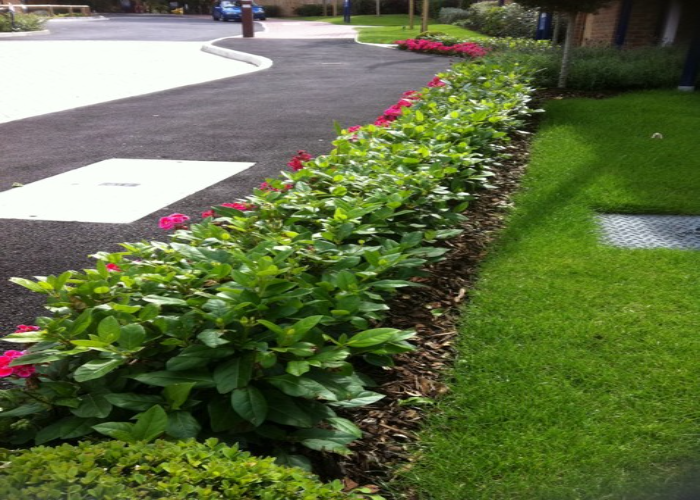
These are low-growing, brief hedges that are often no taller than one meter. Low-hedging plants are perfect for paths, borders, and lower-height fencing. There are some plants that lend themselves particularly well to low hedges without tiring out the hedge trimmer, even if the size of practically any hedge can be regulated by how frequently and how hard you trim it. An evergreen shrub with small, compact leaves that doesn’t grow too quickly is the best option.
An open, spacious sensation can still be created by a modest hedge while yet creating a barrier. In addition to becoming a feature against walls or fencing, this low hedging can also be included in other plantings. It can have a more sculptural aspect than the typical tall, naturalistic hedge.
Examples of plants: include lavender, euonymus, and hebe.
14. High Hedges
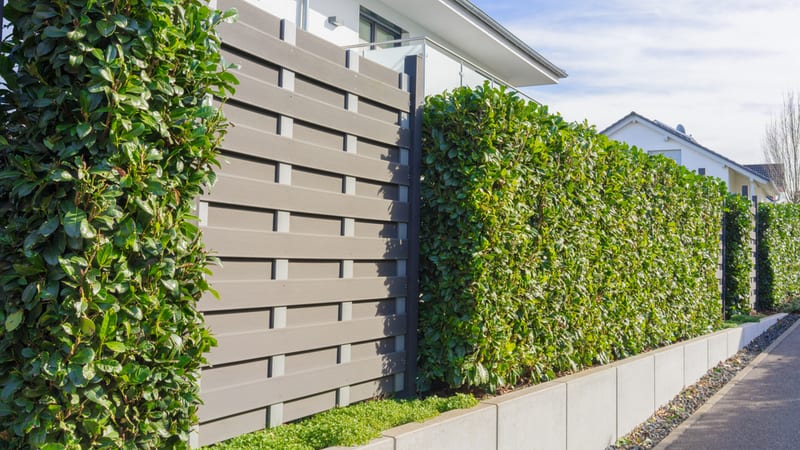
To give privacy and dampen wind and noise, high hedge heights of at least 2 metres are used. High hedges are frequently created using evergreen plants that are densely planted to create a strong wall of greenery. Because they are grown for extended periods of time, plants’ growth patterns, heights, and maintenance needs should all be taken into account when planting.
Examples of plants: Leyland Cypress, Wax Myrtle, and Thuja Green Giant are a few
15. Topiary Hedges
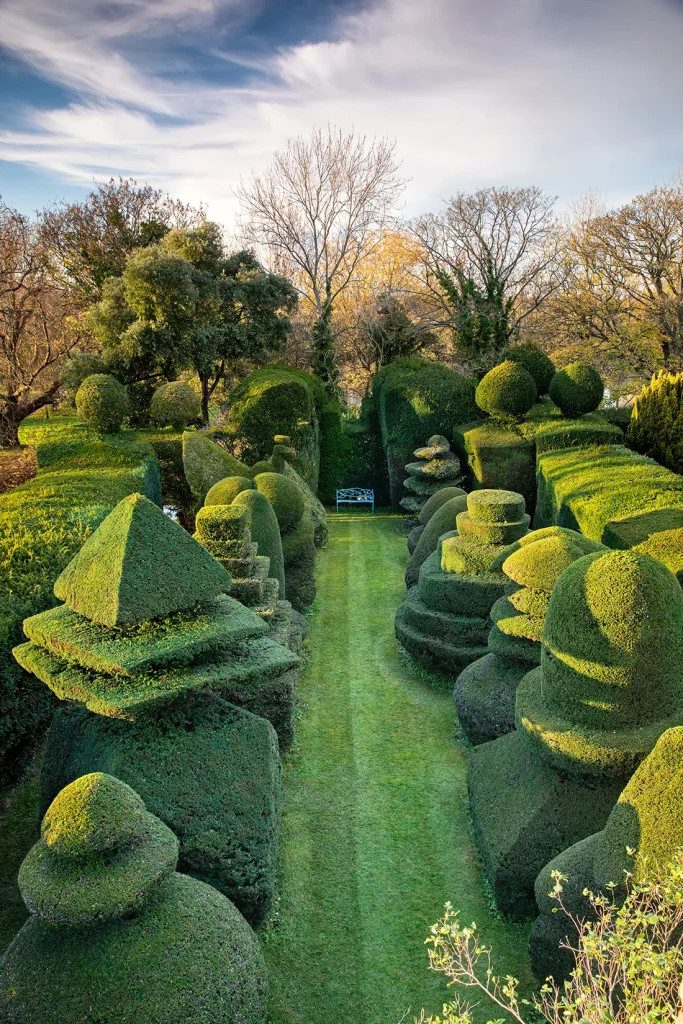
These are hedges that have detailed designs cut into them, such as faces, animal shapes, or random patterns. Trimming hedge stock into ornate patterns and forms is known as topiary. Although this can be incorporated into a hedges framework, technically speaking, this is not truly a kind of hedging. In order to provide a tangible guide during pruning, hedges are occasionally grown inside wire or cage moulds. Almost any shape or form can be achieved with topiary hedge trimming. To perform successfully, the topiary needs very fine-textured foliage.
Examples of plants:Boxwood and Yew.
16. Edible Hedges
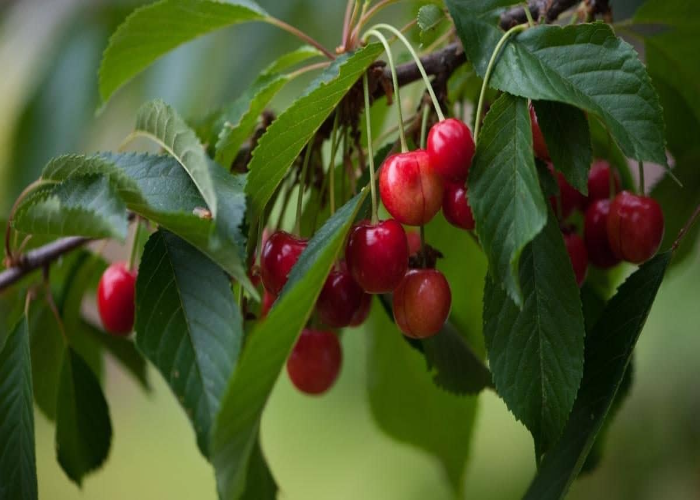
Edible hedges are growing in popularity, despite not being very common. You may simply combine your favourite flavours in the comfort of your own yard if you have the option to add specific edible hedging species to a personalized hedgerow. The best way to reignite this joyful hobby is through edible hedging. The idea is motivated by the desire to produce as much food as possible from a border. Furthermore, animals adore edible hedges.
Examples of Plants: Elder, Wild Cherry, and Black Currents are a few
Conclusion
Hedges have long been a well-liked design element in both private gardens and the wider landscape. These organic, living borders can be used for both aesthetic and functional objectives. A good hedge has several benefits when used as a garden border.
A hedge may house animals, act as a weather and dust filter, be simply built for a little cost, and last for a very long period. It is an attractive and intriguing element in and of itself. Additionally, it offers privacy and security. Therefore, choosing more suitable hedging plants or coming up with another strategy to create the intended effect will help you avoid creating overly large hedges and prevent future problems.
Frequently Asked Questions
What Are the Best Plants for Edible Hedges?
Edible hedges offer these great benefits while providing plenty of produce at the same time. The good news is that many plants can be trained to grow as hedges while also producing edible fruit. They include plants like Blueberry, Elderberry, Natal Plum, Hazelnut, and many more.
Which Are Better Evergreen or Deciduous Hedges?
With the extra benefit of year-round seclusion or protection, evergreens make wonderful hedges. Because they grow all year round, evergreen hedges do require more maintenance. Deciduous plants for hedges also work well, and a hedge with brown winter leaves is particularly appealing. An evergreen hedge will offer more seclusion than a deciduous one.

